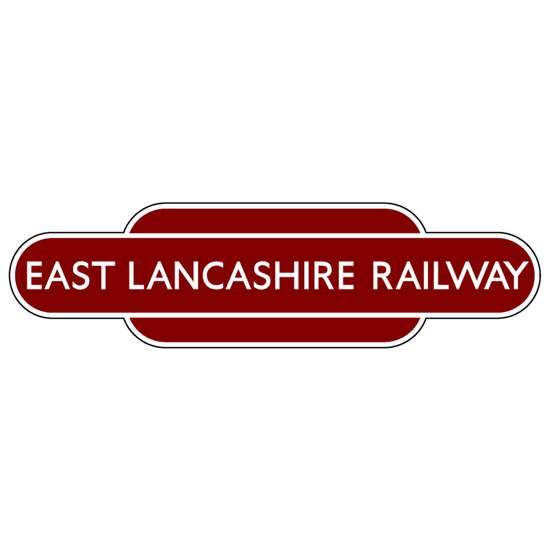
10:00 AM BST
05:00 PM BST
About Our Auction
In light of recent government advice and the developing situation with Covid-19 (Coronavirus) the East Lancashire Railway has had to make the difficult decision to cease all services and close all stations from Friday 20 March until further notice.
The East Lancashire Railway considers the health of our visitors, staff and volunteers a number one priority. As such, the move has been made to close the railway for the time being.
The ELR is a registered charity (1186648) and closure is set to have a heavy influence on the railway’s future, resulting in reduced services, cancelled events and more.
We are facing a number of serious challenges going forwards:
• As of yet the Government has not offered any kind of monetary aid or support to charitable organisations
• The help that is currently available would see the railway become heavily indebted, it would be several years before the railway would be able to pay this off
The amount the railway is set to lose over the coming weeks could threaten the continued existence of the ELR. That is why we need your support to survive.
We are asking you if you can help us keep the story of the regions industrious past going well into the future, letting us keep our current level of service and standard of events once the current crisis is over. Please help us by bidding on our items to give the East Lancashire Railway a fighting chance to continue our journey.
Thanks to Liam Barnes, ARG Flickr and Yesterday TV for the use of their photographs.
About East Lancashire Railway
The East Lancashire Railway is a 12-mile heritage railway that runs steam and diesel train services through the beautiful Irwell Valley, from Heywood in the east to Rawtenstall in the north.
The railway has a rich history dating back to 1846 when it was first opened to link Manchester with Bury and Rawtenstall during the industrious 19th century.
Thanks to a determined group of pioneers, the railway re-opened its doors back in 1987 and began running leisure services. Today, over thirty years later, the railway is run by a small paid team and over 750 working volunteers and is one of the most popular visitor attractions in the North West, welcoming over 200,000 visitors each year.



